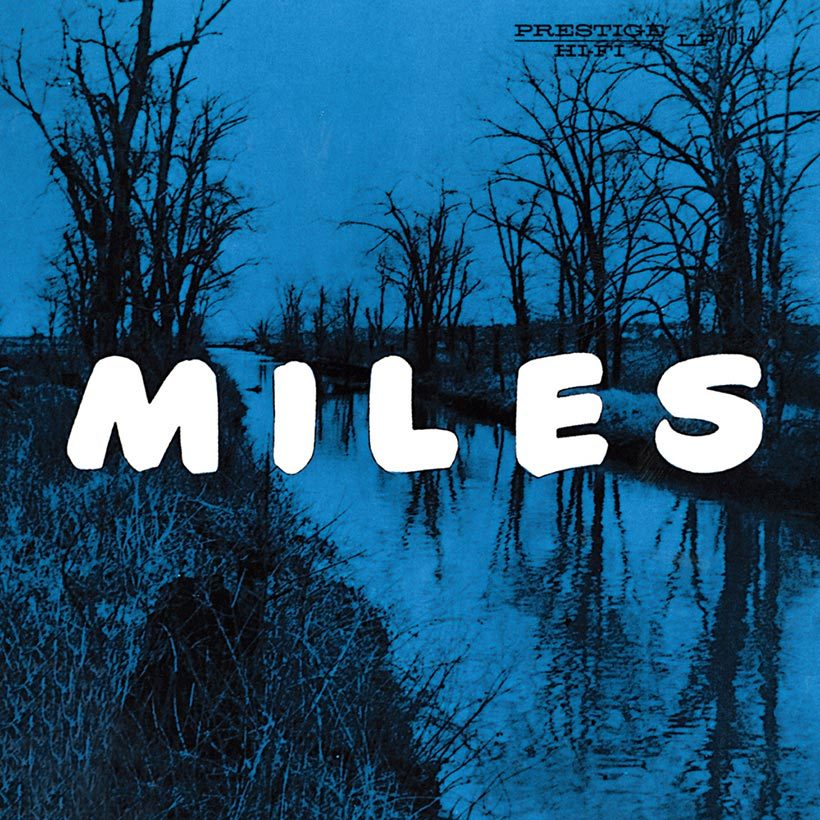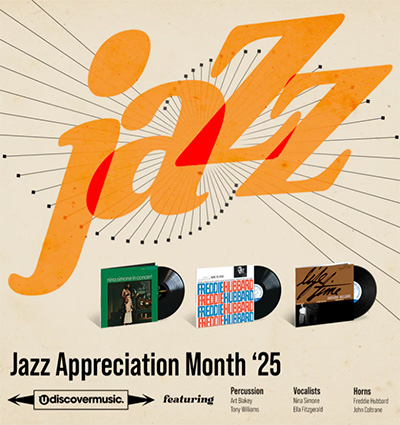How ‘Miles: The New Miles Davis Quintet’ Put The Legendary Trumpeter On The Map
By Miles Davis’ own estimation, the group that recorded the album ‘Miles: The New Miles Davis Quintet’ made the jazz trumpeter “a legend.”

Miles Davis wasn’t always the jazz icon the public know and revere today. In fact, his superstar status only came in the wake of his catalytic appearance at the second-ever Newport Jazz Festival, held in July 1955, which transformed him from a talented musician into jazz’s man of the moment. It was coming off the back of this success that the trumpeter formed a stable band and entered a new phase of his recording career, with the 1956 album Miles: The New Miles Davis Quintet.
Miles, then 29, didn’t even have top billing at Newport and performed as part of a hastily-assembled “all-star” band that included pianist Thelonious Monk. It seemed just a routine festival concert but when Miles took to using a muted trumpet on a sensational performance of Monk’s nocturnal ballad ‘’Round Midnight’, you could hear a pin drop. The audience included Columbia Records producer George Avakian, who was spellbound by the delicate beauty of Miles’ playing. Afterwards, he offered Miles a lucrative recording deal with the major label, but on one condition: that Miles could put a steady working band together to showcase his talent.
Miles obliged by recruiting tenor saxophonist Sonny Rollins, pianist Red Garland, bassist Paul Chambers and drummer Philly Joe Jones to form his first proper working group, which debuted at New York’s Café Bohemia a few weeks after the Newport triumph. But Miles had omitted to tell Avakian that he was already signed to Bob Weinstock’s Prestige label. When the Columbia producer found out, it increased his desire to bring Miles to his label; Avakian struck a deal with Weinstock that would seal the trumpeter’s move from Prestige. In order to see out his contract, Miles would have to give Bob Weinstock’s label five albums – and Columbia wasn’t allowed to release any Davis recordings until these terms had been fulfilled.
“This guy was a bad motherf__r”
On Wednesday, 16 November 1955, Miles Davis’ quintet went into Rudy Van Gelder’s Hackensack studio to record the first of the albums they owed Prestige: Miles: The New Miles Davis Quintet, which was released in April the following year. By the time of the session, however, Sonny Rollins had departed the group.
Listen to Miles: The New Miles Davis Quintet on Apple Music and Spotify.
He was replaced by a rising but relatively unknown and untested tenor player called John Coltrane, who was recruited in September 1955. Miles had played with Coltrane just once, several years before, at a gig in Audubon, New Jersey, but the young tenor hadn’t impressed him. “That night, Sonny had just blown him away,” Miles recalled in his autobiography, but, by the autumn of 1955, Coltrane was much improved. “I could hear how Trane had gotten a whole lot better,” he recalled. After they had played together a few times, he was confident that the 29-year-old saxophonist was the best person for the job: “I knew that this guy was a bad motherf__r who was just the voice I needed on tenor to set off my voice,” he said.
Irresistibly delicate
Miles: The New Miles Davis Quintet opens with the sound of Red Garland’s piano, which leads into the midtempo ‘Just Squeeze Me’, co-written by Duke Ellington. Miles plays the main melody first, using a mute. His sound is irresistibly delicate and vulnerable. Then Coltrane follows, his ornate, snaking lines contrasting with Miles’ lean but lyrical phrases. When Coltrane lays out, Red Garland – who started out as a boxer before turning to music – shows a supremely delicate touch with a sparkling piano solo.
Garland’s piano opens the ballad ‘There Is No Greater Love’ (a hit for its co-composer Isham Jones, and later for Woody Herman and Dinah Washington), where, again, Miles seduces the listener with the forlorn sound of his muted horn. The accompaniment is subtle and understated, with Philly Joe Jones – a drummer renowned for power rather than subtlety – showing great restraint.
Finally, on ‘How Am I To Know?’, the quintet go into a higher gear. Chambers plucks a fast-walking bass line in tandem with Jones’ driving drums, over which Miles’ spiky, muted horn soars before Coltrane takes the reins and delivers some earnest tenor lines. The tempo is high again on ‘S’posin’, a hard bop workout where the contrast between Miles’ laconic muted melodies and Coltrane’s loquaciousness is most acute. Red Garland also impresses with a fleet-fingered passage of extemporisation.
Individual and collective brilliance
‘The Theme’ is the only original piece on the album and was used by Miles for many years as his closing number (even during his electric period). After a short statement of the main motif, it proceeds with a long, dexterous solo from bassist Chambers. The central theme returns, before Miles solos, then Coltrane – who lets rip with a frenetic salvo of notes that anticipates the “sheets of sound” style that would define his approach to the saxophone in the next few years. Philly Joe Jones then has a few moments in the spotlight at the end of the tune, impressing with his drum work.
‘Stablemates’ was purportedly brought into Miles’ repertoire by Coltrane, a friend of the song’s Philadelphia-born composer, Benny Golson, who was also a tenor saxophonist. It’s a lightly-swinging groove with a unison horn theme and subtle Latin inflections that highlights both the individual and collective brilliance of Miles’ new quintet.
“That group really put me on the map”
Prestige released Miles: The New Miles Davis Quintet in an unusual and slightly garish, green-tinted cover (later editions were blue) depicting a stark winter scene. That incongruous image didn’t put off jazz fans, however, who regarded Davis’ quintet as one of the coolest new bands in jazz.
“The group I had with Coltrane made me and him a legend,” the trumpeter later wrote in Miles: The Autobiography, recalling the impact of the Coltrane-Garland-Chambers-Jones lineup. “That group really put me on the map in the musical world.”
It certainly did. Neither Miles Davis nor jazz were ever the same again.
The 6LP The Legendary Prestige Quintet Sessions box can be bought here.














